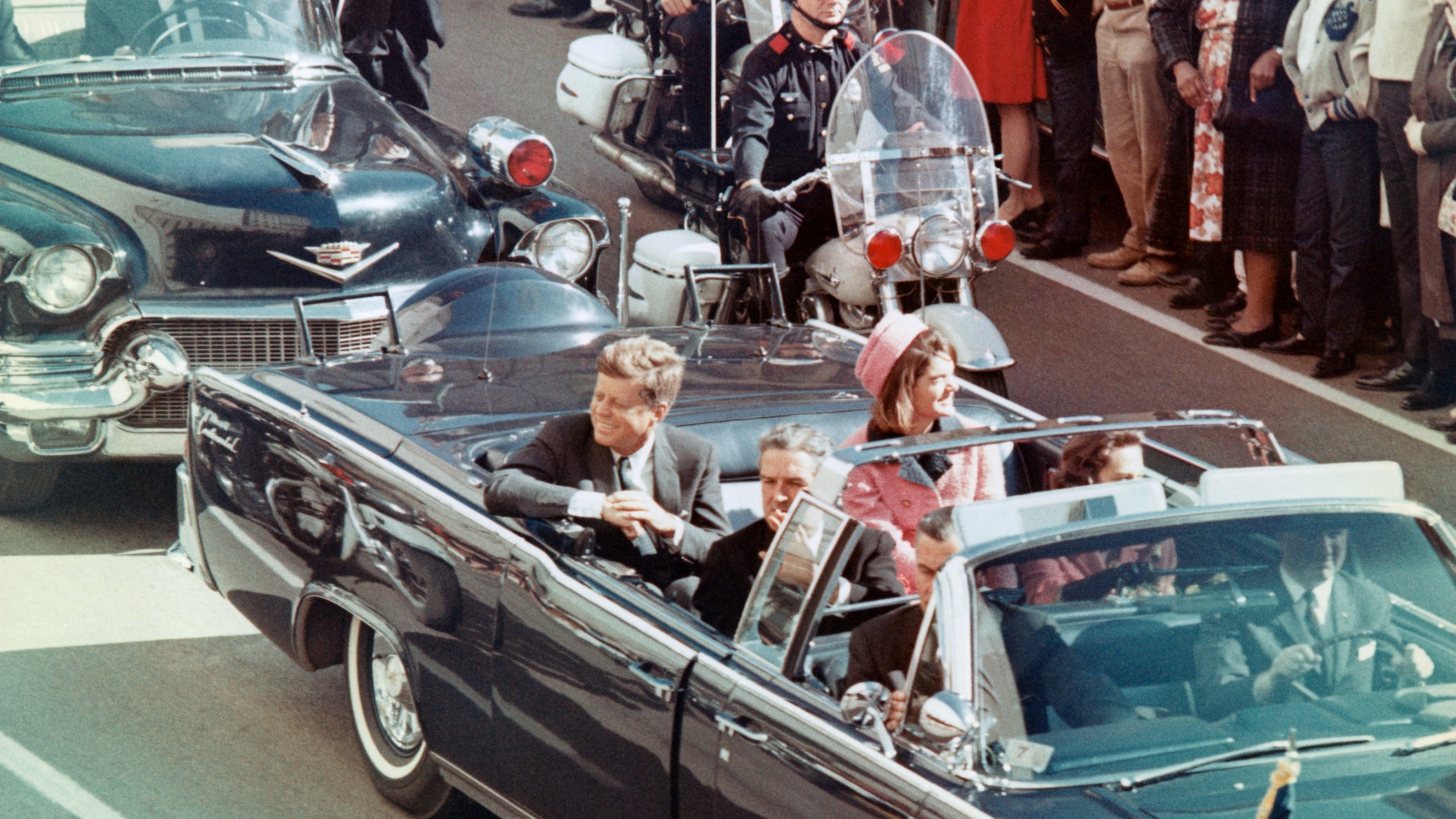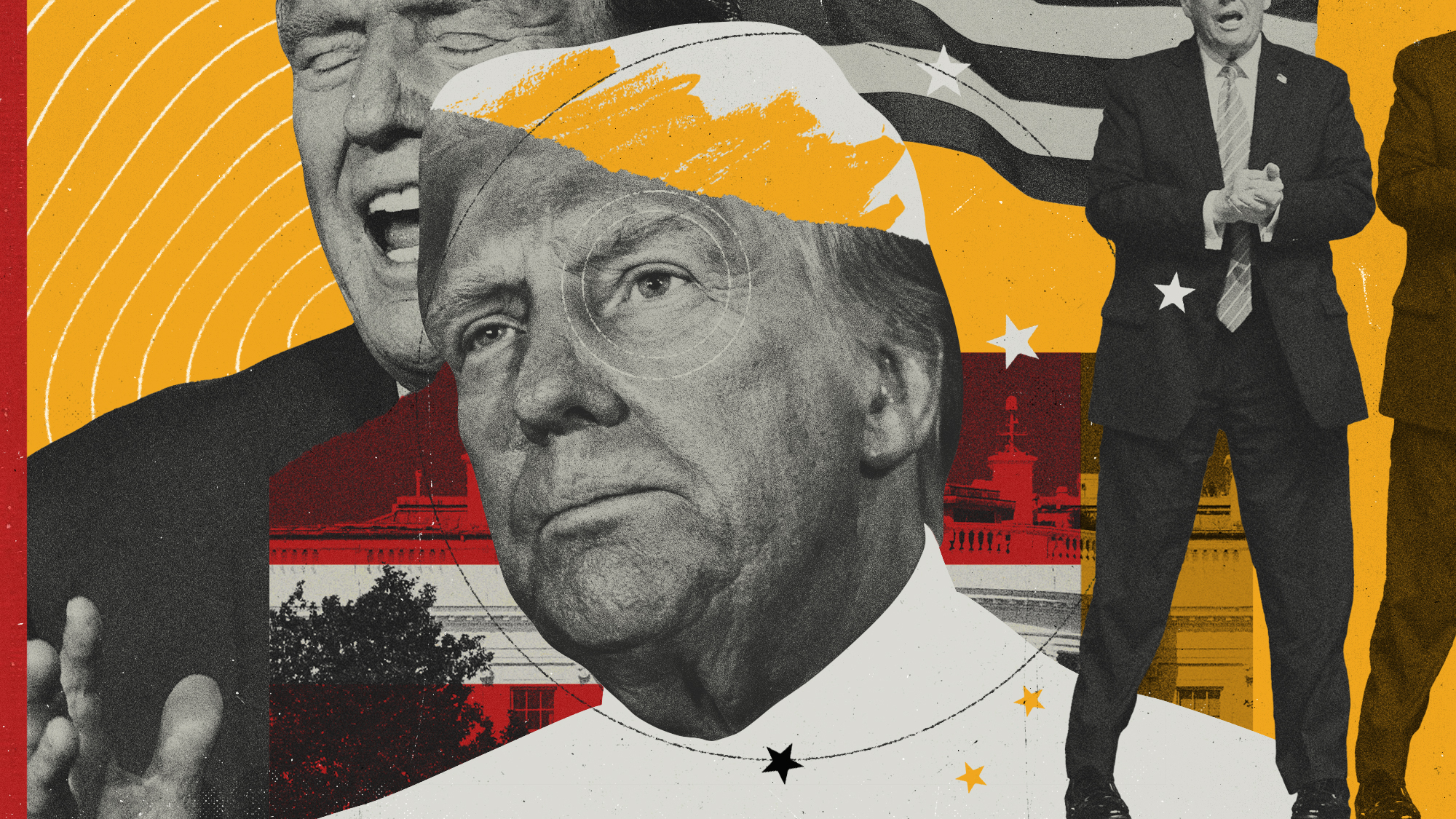Federal budget: 10 cuts that would save the most
The budget deal was a good start — but much more difficult funding choices lay ahead


As difficult as it was for Republicans and Democrats to agree on a narrow package to replace the sequester cuts, much more difficult choices lay ahead.
As the Congressional Budget Office put it in a report released last month: "To put the federal budget on a sustainable long-term path, lawmakers would need to make significant policy changes — allowing revenues to rise more than would occur under current law, reducing spending for large benefit programs to amounts below those currently projected, or adopting some combination of those approaches."
To help find those future savings in the behemoth federal budget, two think tanks from opposite sides of the political spectrum joined together to release a long list of possible ways to trim the deficit and cut wasteful spending within the federal budget. The CBO last month issued a list of 103 options for reducing the deficit over 10 years. The new report, released by the U.S. Public Interest Research Group (U.S. PIRG) and the National Taxpayers Union (NTU), includes 65 recommended cuts that, together would reduce the deficit by $522 billion over the next decade.
The Week
Escape your echo chamber. Get the facts behind the news, plus analysis from multiple perspectives.

Sign up for The Week's Free Newsletters
From our morning news briefing to a weekly Good News Newsletter, get the best of The Week delivered directly to your inbox.
From our morning news briefing to a weekly Good News Newsletter, get the best of The Week delivered directly to your inbox.
"Deficit reduction doesn't have to be hard; there's plenty of low hanging fruit," said co-author Jaimie Woo, U.S. PIRG tax and budget associate. "Before cutting public priorities, lawmakers should go after special interest handouts and government inefficiencies that make average taxpayers shake their heads in disbelief. These recommendations have support from across the political spectrum, and Congress should use them as a roadmap to find common ground."
The groups presented their recommendations to the Budget Conference Committee today. They made similar recommendations in 2011 to the Congressional Super Committee that ultimately failed to agree on $1.2 trillion in long-term budget cuts.
You can find all 65 recommendations in the PDF below, but here are the 10 cuts that would have the largest budget impact:
1. Eliminate crop insurance program: $87.1 billion
A free daily email with the biggest news stories of the day – and the best features from TheWeek.com
This program, which was created during the Great Depression to protect farmers from financial ruin, now subsidizes insurance premiums for agribusinesses on coverage they could afford on their own. According to the report, "it distorts the insurance market and market for commodity crops by encouraging overplanting and is partially duplicative as other programs provide more rational insurance for farmers."
2. Reduce spending for other DOD procurement: $85 billion
This category includes overspending on items like night vision goggles and radios. According to the President's National Commission on Fiscal Responsibility, the military spent $400 billion more than their base budget on these items. The $85 billion savings would equal the cost of the entire first wave of sequester cuts.
3. Reduce Medicare payment rates in high-spending areas: $47.6 billion
Costs per beneficiary are inexplicably high in some parts of the country, even taking into account the local costs of labor and office space. Cutting these unnecessary expenses could yield nearly $50 billion in savings over the next 10 years.
4. Bundle Medicare payments: $46.6 billion
Adopt bundled payments in Medicare so that a single payment is made to health care providers for individual episodes including inpatient care and 90 days of post-acute care. "This will create incentives for more efficient care and reduce medical errors," the report said.
5. Eliminate direct payments for commodity crops: $45.3 billion
Though they were intended to be temporary measures to ease farmers off their reliance on federal subsidies, they have become a fixture in the farming system, "despite being identified as wasteful by watchdog groups on the Left and Right," the report said. "They also distort the agriculture market by favoring certain crops."
6. Cancel F-35 joint strike fighter: $37.1 billion
"The F-35 Lightning may represent all that is wrong with our acquisition process," according to the Sustainable Defense Task Force. The program, which will ultimately cost $1.5 trillion over 55 years, suffers from consistent engine problems and has never been used in combat. This option, suggested by the CBO, would eliminate the F-35 and replace it with sufficiently advanced planes, the F-16 and F/A-18.
7. Reduce crop insurance subsidies: $22.1 billion
Taxpayers have subsidized an increasing share of crop insurance premiums. Congress could choose to roll them back closer to the level they were at before the year 2000. This scenario would reduce the subsidy from above 60 percent to 40 percent.
8. Replace some military personnel with civilian employees: $19.4 billion
The Defense Department has thousands of military workers doing commercial jobs that civilian employees, who cost less on average, could be doing.
9. Dump unused and under-used government-owned buildings: $14.8 billion
The government currently owns 14,000 buildings and structures that have been labeled as "excess" or "under-utilized. "While there is potential for far greater savings from orderly disposition of these assets, getting rid of or repurposing these buildings would save taxpayers $15 billion over the first three years," according to the report.
10. Replace V-22 Osprey with MH-60 and CH-53 helicopters: $17.1 billion
Since the V-22 Osprey has had a handful of production, schedule, management, and cost-overrun issues, reducing future purchases and replacing the functionality with additional MH-60 helicopters would save nearly $17 billion.
Here's the full report:
USPIRG-NTU Report on Deficit Reduction
More from The Fiscal Times...
-
 The biggest astronomy stories of 2025
The biggest astronomy stories of 2025In the spotlight From moons, to comets, to pop stars in orbit
-
 The 8 best comedy movies of 2025
The 8 best comedy movies of 2025the week recommends Filmmakers find laughs in both familiar set-ups and hopeless places
-
 ‘Care fractures after birth’
‘Care fractures after birth’instant opinion Opinion, comment and editorials of the day
-
 Bari Weiss’ ‘60 Minutes’ scandal is about more than one report
Bari Weiss’ ‘60 Minutes’ scandal is about more than one reportIN THE SPOTLIGHT By blocking an approved segment on a controversial prison holding US deportees in El Salvador, the editor-in-chief of CBS News has become the main story
-
 Has Zohran Mamdani shown the Democrats how to win again?
Has Zohran Mamdani shown the Democrats how to win again?Today’s Big Question New York City mayoral election touted as victory for left-wing populists but moderate centrist wins elsewhere present more complex path for Democratic Party
-
 Millions turn out for anti-Trump ‘No Kings’ rallies
Millions turn out for anti-Trump ‘No Kings’ ralliesSpeed Read An estimated 7 million people participated, 2 million more than at the first ‘No Kings’ protest in June
-
 Ghislaine Maxwell: angling for a Trump pardon
Ghislaine Maxwell: angling for a Trump pardonTalking Point Convicted sex trafficker's testimony could shed new light on president's links to Jeffrey Epstein
-
 The last words and final moments of 40 presidents
The last words and final moments of 40 presidentsThe Explainer Some are eloquent quotes worthy of the holders of the highest office in the nation, and others... aren't
-
 The JFK files: the truth at last?
The JFK files: the truth at last?In The Spotlight More than 64,000 previously classified documents relating the 1963 assassination of John F. Kennedy have been released by the Trump administration
-
 'Seriously, not literally': how should the world take Donald Trump?
'Seriously, not literally': how should the world take Donald Trump?Today's big question White House rhetoric and reality look likely to become increasingly blurred
-
 Will Trump's 'madman' strategy pay off?
Will Trump's 'madman' strategy pay off?Today's Big Question Incoming US president likes to seem unpredictable but, this time round, world leaders could be wise to his playbook